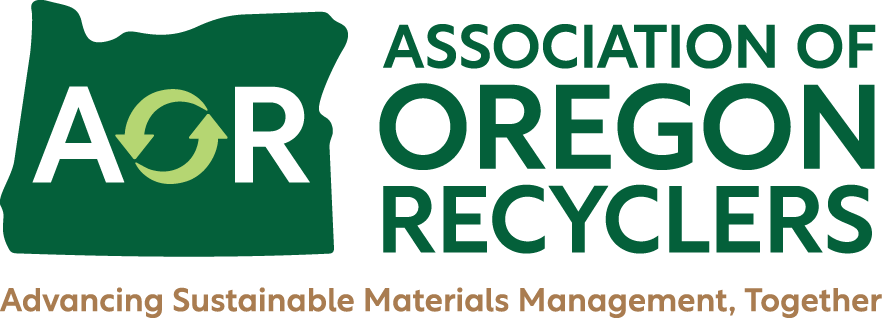Oregon Recycling Rate Rises Despite China Export Woes
An end-of-year report from the Oregon Department of Environmental Quality shows the state’s recycling rate in 2017 was 42.8 percent, slightly better than the previous year.
Doubling of the bottle deposit to 10 cents was a booster for Oregon’s recycling race. But recycling had setbacks too, including the closure of local paper mills that bought recycled paper and China deciding to cut off recycling imports from the United States.
Glass and paper recycling ticked up, while plastic, electronic and organic waste recycling declined between 2016 and 2017.
The annual report shows the Oregon is still a long way from its recycling goal of 52 percent by 2020.
“Honestly, we’re not going to make it,” said DEQ waste reduction specialist Peter Spendelow. “When we set that goal, which was just a few years ago, we were not anticipating that we would lose the huge wood markets. And we also weren’t anticipating the China crisis.”
In response to China’s 2017 announcement it would no longer take U.S. exported recyclables, local waste management companies started to scale back.
“Almost all the jurisdictions, outside the Portland metro area, have dropped plastic pails and tubs and flower pots,” Spendelow said. “We have a 25 percent recycling goal … for all plastics by 2020. We’re moving the wrong direction when jurisdictions stop allowing plastic pails and tubs to go in their curbside bins.”
Overall, the report found that Lane County had the best recycling rate in the state at 52.8 percent, followed by the Portland metro area and Marion County. At the other end of the spectrum was scantly-populated Lake County, which recycled slightly more than 9 percent of total waste it created.
Spendelow said the state has hired a contractor to take a big-picture look at how Oregon recycles. The aim is to make the system more resilient to these kinds of market fluctuations.


